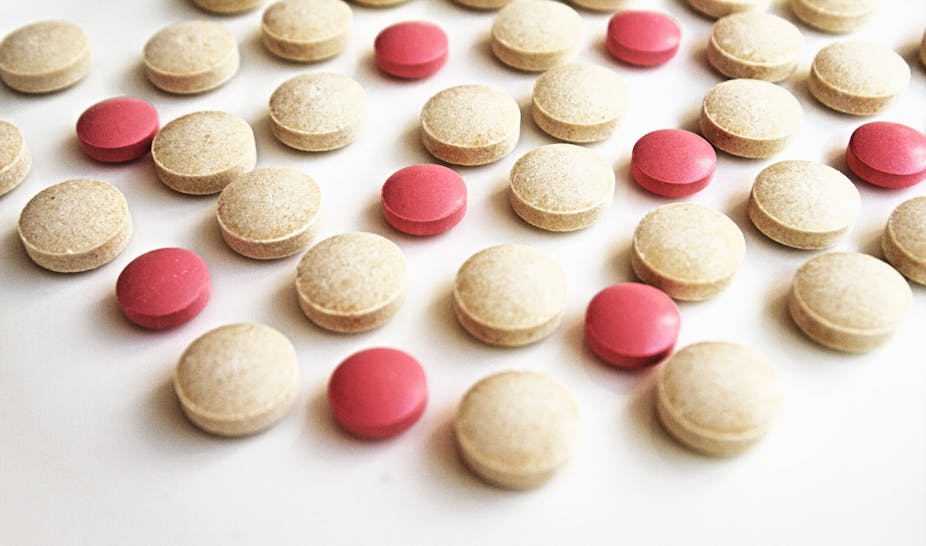Bacteria in the human gut, which are present in the billions, can change the effect of medicine. This has been demonstrated for at least 40 drugs. But, until now, nobody knew exactly how.
New research, published in the journal Science by the lab of Peter Turnbaugh at Harvard University, helps solve this riddle, at least for one drug. The team looked at digoxin, which is used to treat heart failure and arrhythmia (irregular beats). Digoxin is only effective within a narrow range of concentrations. This makes getting the right digoxin dose very tricky — a challenge made more difficult by the gut bacteria
The drugs don’t work
Digoxin is inactivated by a bacterium found in the gut called Eggerthella lenta. The bug changes the drug’s structure so it cannot interact normally with its target. This inactive form, called dihydrodigoxin, is also quickly excreted by the patient. Turnbaugh aimed to find out how E. lenta inactivated the drug and how to prevent it from doing so.
To do this, he and his colleagues used a technique called RNA sequencing. Messenger RNA sequences are copies of genes that are used to build proteins. By reading an RNA sequence, scientists can figure out which genes are active in a cell population. The frequency of RNA sequences can indicate the level of activity, and thus the level of the corresponding protein.
With this in mind, the team grew one strain of E. lenta in two different conditions, one containing digoxin and the other not. They then looked to see which E. lenta genes were more active in the presence of the drug.
They found that digoxin induced a 100-fold increase in the expression of two linked genes. These genes encoded for enzymes called cytochromes, which are capable of inactivating digoxin.

The team later found that only the strain they studied was involved in inactivating digoxin. Two other strains of E. lenta that they checked later were found to be incapable of the former’s ability. These different digoxin-degrading abilities may explain why it is so difficult to find an effective digoxin dose for patients. Turnbaugh says it was once hoped that knowing the number of E. lenta cells in a patient’s gut would be enough to predict inactivation rates. It is now clear that this is not enough.
To be sure, the team compared the number of copies of the cytochrome genes with the number of E. lenta cells present in a group of human test subjects. The statistics showed that not every cell possessed the two genes. Clearly, a more comprehensive test is required if predictions are to be made on an individual basis.
The effect of diet on drugs
While working with E. lenta, Turnbaugh found that the bacteria grew better if fed the amino acid arginine, which is a component of most proteins. However, too much arginine led to reduced expression of the two cytochrome genes that inactivated digoxin.
So Turnbaugh’s team predicted that eating more protein would increase the arginine in the gut, which would limit the inactivation of digoxin by E. lenta. They tested this by colonising two sets of mice with the inactivating E. lenta strain, and feeding them different amounts of protein. The mice with higher protein intake had higher levels of active digoxin in their blood.
Turnbaugh believes that the work may show a way to improve delivery of cardiac drugs. He feels that the findings demonstrate the importance of understanding how drugs are inactivated. One day, he suggests, patients may find their prescriptions are accompanied by recommended diets or supplements, such as arginine, that improve the effectiveness of the drugs.

